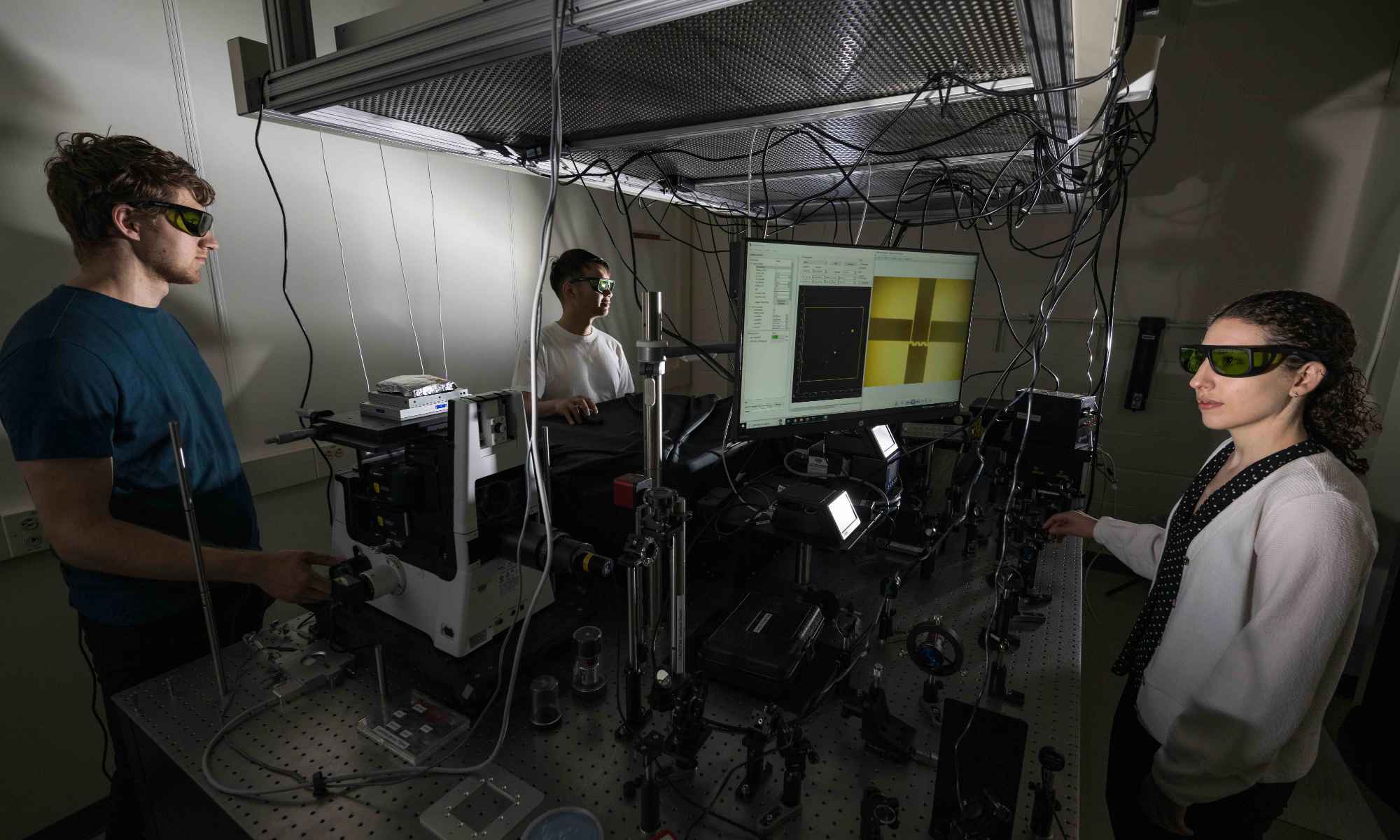Dustin Froula received the Ernest Orlando Lawrence Award, one of the most respected awards given by the US Department of Energy, for his research.
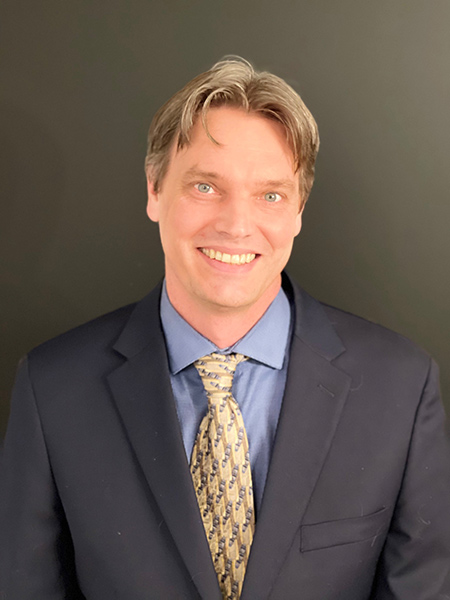
Dustin Froula, a senior scientist at the University of Rochester’s Laboratory for Laser Energetics, is being honored by the US Department of Energy for his groundbreaking research on inertial confinement fusion and plasma sciences.
Froula, who is also a group leader in plasma and high field physics at the LLE and an associate professor of physics and astronomy, was recently named a recipient of the Ernest Orlando Lawrence Award for his “seminal and creative contributions in fundamental laser-matter interaction physics, and laser-driven plasma accelerators that have significantly advanced the Department of Energy’s mission.” Froula is one of eight scientists at national research laboratories being recognized this year.
“The Lawrence Award is one of the most prestigious awards given by the DOE,” says Michael Campbell, director of the LLE. “The award recognizes Dustin’s outstanding career and impact in plasma physics. It also gives evidence of the quality and dedication of scientists, engineers, and support staff at the University and LLE. Dustin’s research has been funded by both the DOE’s National Nuclear Security Administration and the Office of Fusion Energy Sciences. The outstanding program managers in these offices have enabled the research that has led to this award.”
The Lawrence Award recognizes mid-career US scientists and engineers for exceptional scientific, technical, and engineering achievements related to the broad missions of the US DOE and its programs to further science, energy, and national security.
Froula is one of three LLE scientists who have received the Lawrence Award: Campbell received the award in 1994 and Ricardo Betti, LLE’s chief scientist and professor of mechanical engineering, received the award in 2011.
Addressing long-standing questions in plasma physics
Froula’s research addresses long-standing questions in plasma physics, including building a better understanding of how laser beams propagate through and interact with plasmas during laser-based experiments.
Froula additionally opened a new field of optics based on the concept of “flying focus,” a technique that enables researchers to better control the intensity of lasers over long distances, The technique has the potential to help researchers design the next generation of high-power, laser-driven particle accelerators, and light sources with novel wavelengths for studying complex materials and molecules.
Froula earned his PhD at the University of California-Davis in 2002 and went on to Lawrence Livermore National Laboratory before arriving at Rochester in 2010. He has published more than 200 peer-reviewed papers and is a fellow of the American Physical Society (APS). In 2019, he was awarded the APS’s John Dawson Award for excellence in plasma physics research.
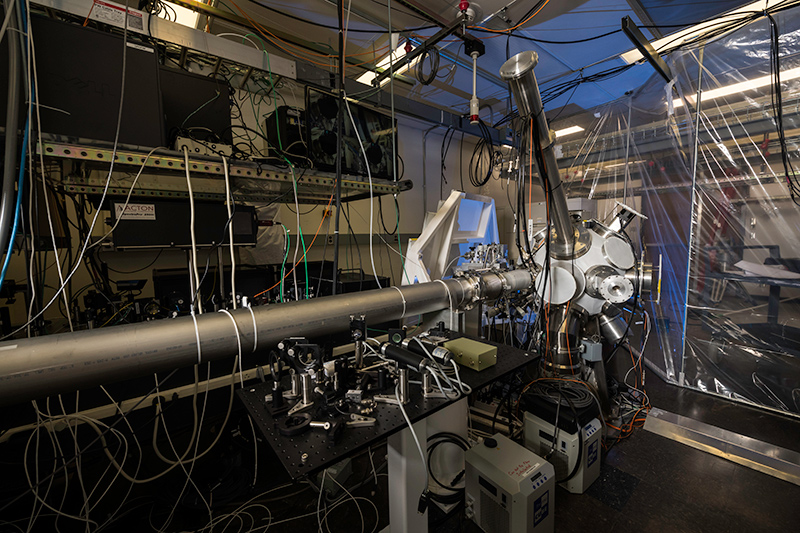
About the University’s Laser Lab
The LLE was established at the University in 1970 and is the largest US Department of Energy university-based research program in the nation supported by the National Nuclear Security Administration as an integral part of its Stockpile Stewardship Program. Research at the LLE is also funded by the DOE’s Office of Science and National Nuclear Security Administration, the National Science Foundation, and New York State.
As a center for the investigation of the interaction of intense radiation with matter, the LLE is a unique national resource for research and education in science and technology. Current research includes exploring fusion as a future source of energy, developing new laser and materials technologies, and better understanding high-energy-density phenomena. In addition to its vital roles in various areas of scientific research and its support of the local high-tech economy, the LLE plays an important role in educating the next generation of scientists and engineers.
As the DOE National Laser Users’ Facility (NLUF), LLE hosts scientists and students from across the nation and around the world to carry out fundamental research, training, and education. Additional facility access for qualified external researchers is made possible through LLE’s participation in LaserNetUS.
Read more
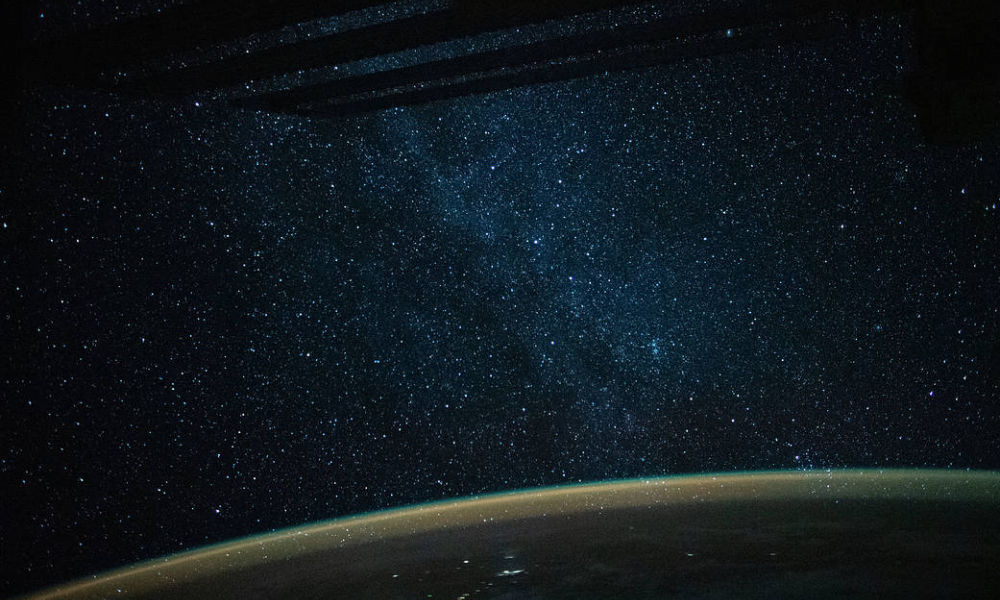 New laser technique will allow more powerful—and smaller—particle accelerators
New laser technique will allow more powerful—and smaller—particle acceleratorsResearchers at Rochester’s Laboratory for Laser Energetics have outlined a method to shape intense laser light in ways that could lead to tabletop experiments to probe the Higgs boson and explore the existence of extra dimensions.
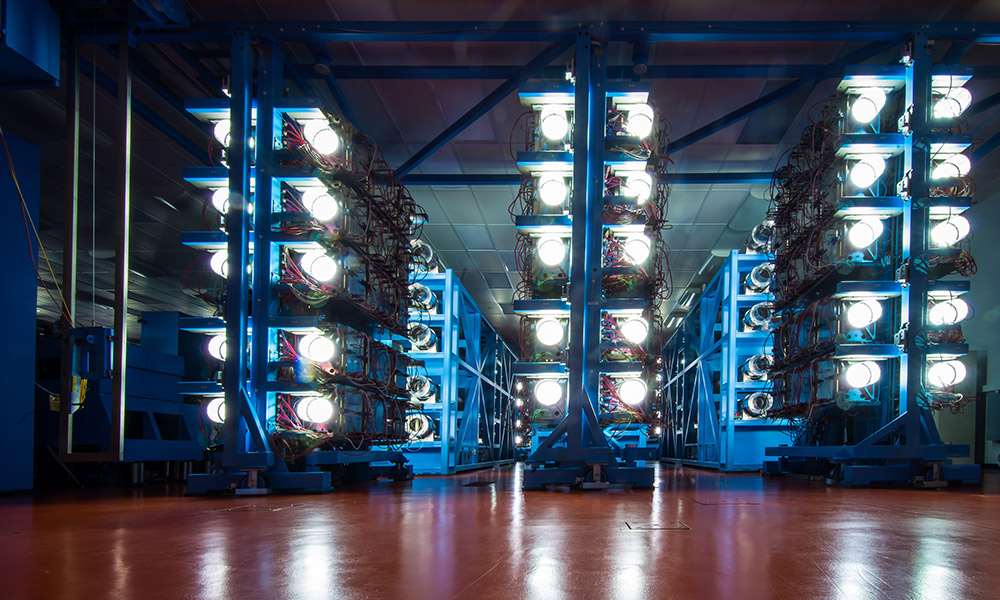 When laser beams meet plasma: New data addresses gap in fusion research
When laser beams meet plasma: New data addresses gap in fusion researchRochester scientists at the Laboratory for Laser Energetics and their colleagues in California and France have directly demonstrated for the first time how laser beams modify the conditions of a plasma.
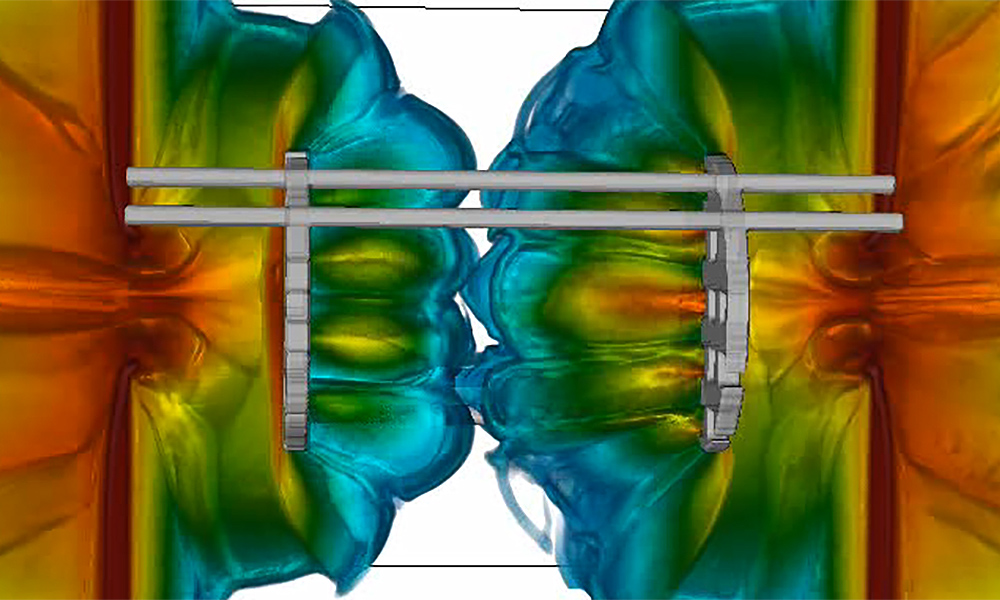 Elusive ‘turbulent dynamo’ phenomenon observed at OMEGA laser
Elusive ‘turbulent dynamo’ phenomenon observed at OMEGA laserThe universe is filled with magnetic fields; and how it got that way has long been a mystery. To explain the magnetization of the universe, scientists proposed the existence of a phenomenon called “turbulent dynamo.” The phenomenon had before actually measured or observed directly—until recently.


